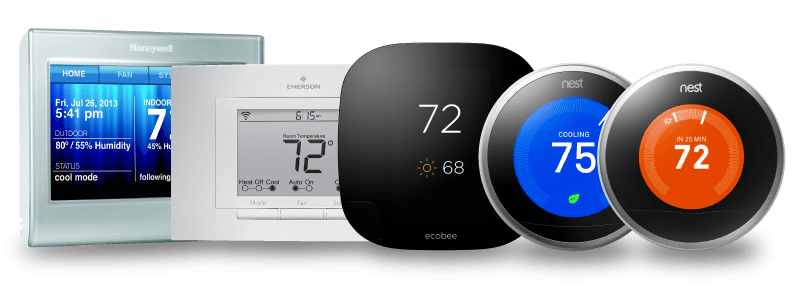Energy storage is normally associated with batteries and electricity, but there are other viable methods: Since heating and cooling represent a high monthly cost for homes and businesses, energy can also be stored effectively in a thermal form.
Water is an excellent medium for absorbing and holding heat, and insulated tanks filled with ice or hot water are an effective alternative to batteries for heating and cooling applications.
Energy storage with battery arrays
The main advantage of battery arrays is that they store energy as electricity, the form in which it is sold by power companies and generated by wind turbines or solar panels. As we explained in a previous article on battery arrays, there are two main benefits available for home and business owners who implement them:
- Backup power if there is an electric service interruption.
- Consuming electricity when rates are lower and avoiding consumption during peak demand hours, when the highest rates are billed.
Modern lithium-ion batteries are suitable for powering a wide variety of devices used in homes and businesses. However, heating and cooling equipment can quickly deplete batteries, while shortening their service life due to how frequently they are charged and discharged. For heating and cooling applications, thermal energy storage is a much better option.
Energy storage with hot water tanks
Heating can represent a large portion of energy expenses, especially during the winter. However, it is possible to minimise heating expenses during peak demand hours if hot water is stored beforehand in an insulated tank. Hot water can be used directly in showers, dishwashers and similar applications, or indirectly for space heating if the building has a radiant heating system.
When hot water tanks are used, it is possible to use the most cost-effective heat source available:
- With a solar collector, the sun basically provides free heating during daytime.
- A heat pump provides savings of over 60% compared with a resistance heater of the same capacity. The drawback of heat pumps is that they can’t provide instantaneous heating, but this is not a problem if a hot water tank is available.
Neither solar collectors nor heat pumps can provide instantaneous heating on demand, and are not viable options without a hot water tank.
A leading provider of smart heaters with hot water storage capacity on the Australian market is Dimplex.
Ice storage for refrigeration and air conditioning
Ice storage has the same goal as hot water storage, with the difference that it’s used to complement refrigeration and air conditioning equipment. The operating principle is the same: low-cost energy is used to freeze water, which is then melted to avoid the highest electricity rates of the day.
This concept is more recent than hot water storage, but is already being deployed commercially in chiller plants for industrial and commercial buildings. Small-scale ice storage hasn’t reached the mainstream market yet, but there are start-up companies working on the concept.








